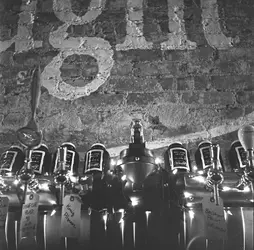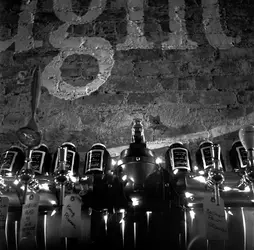- Joined
- Mar 8, 2011
- Messages
- 25,329
- Reaction score
- 9,109
- Location
- Iowa
- Can others edit my Photos
- Photos NOT OK to edit
Having nothing else to do Sunday, I struck out early to try out a couple lenses I received Saturday for the Shen Hao 4x5.... a Camulet 210mm f/5.6 and a Nikkor 90mm f/8.
Here's what I've processed so far:



Never did put the 90 to use... mostly used the 210mm!
Here's what I've processed so far:



Never did put the 90 to use... mostly used the 210mm!




















![[No title]](/data/xfmg/thumbnail/41/41891-e5bba75ac5ce57c6892ade4cfc3f7d4c.jpg?1734176244)